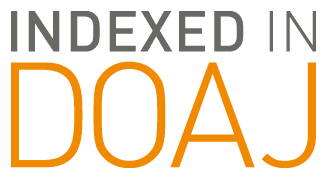Abstract
The education community in the United States—as in many countries—is extremely large and diverse. Indeed, as documented by Mosteller, Nave, and Miech (2004),
The United States has more than 3.6 million teachers in elementary and secondary education, more than 100,000 principals, and about 15,000 school districts, each with its own set of district administrators, school board members, and concerned citizens. The parents and family members of the 60 million students in elementary and secondary education represent another constituency, as do the policymakers and legislators in the 50 states (along with the District of Columbia) and at the federal level. Postsecondary education represents another 1 million faculty members, along with an enrollment of 15 million undergraduates and 1.8 million graduate students. (p. 29)
Indeed, with the number of individuals involved in the educational system, educational research has the potential to play a pivotal role in improving the quality of education—from Kindergarten through primary, through secondary, through tertiary education. Yet, for educational research to play such a role, its findings must be disseminated to individuals (e.g., educators, administrators, stakeholders, policymakers) and groups (e.g., teacher associations) who can most effectively use them (Mosteller et al., 2004; Onwuegbuzie, Leech, & Whitmore, 2008). Unfortunately, research findings do not disseminate themselves, regardless of how statistically, practically, clinically, or economically significant they are for the field of education. Rather, it is educational researchers in general and practitioner-researchers in particular who must convey these findings.
Recommended Citation
Onwuegbuzie, Anthony J. and Combs, Julie P.
(2018)
"Writing with Discipline: A Call for Avoiding APA Style Guide Errors in Manuscript Preparation,"
School Leadership Review: Vol. 4:
Iss.
1, Article 6.
Available at:
https://scholarworks.sfasu.edu/slr/vol4/iss1/6
Tell us how this article helped you.


